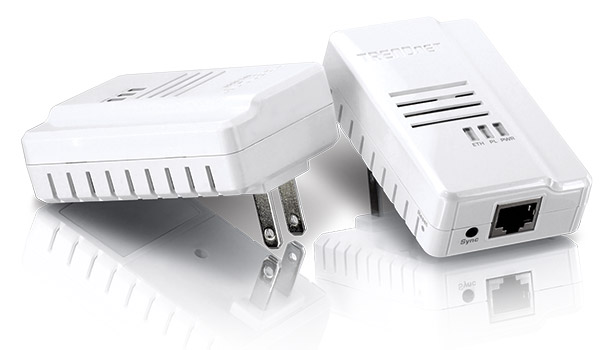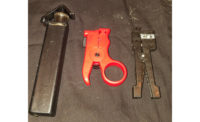Recently the heat in my family’s bunker in Bucktown failed. Of course these events occur only during the polar vortex, so it was 12 degrees outside and 60 degrees and dropping in my house when I woke up that day.
This recently installed furnace is a high-efficiency marvel with variable-speed blowers and lots of bells and whistles. After pulling off the cover, I noticed one of the three LEDs on the circuit board were repeatedly blinking four times, and the “running” LED was not lit. I reset the primary AC power, and the furnace was up and blazing.
When I called my HVAC service company and described the problem to the service manager, he said I would have to wait until it failed again, and then I should note the blinking pattern of the LED, which indicates specific trouble issues based on the blinks. Sure enough the LED showed four blinks after the next failure. “It needs a new circuit board,” the service manager said. I had the board replaced, and so far things are back to warm — at least as warm as they can be in a poorly insulated Chicago house in the winter.
Furnaces aren’t the only products to use LEDs for identifying issues. The Trendnet Powerline 500 AV2 adapter kit provides bountiful Ethernet bandwidth using the AC power outlets and cabling already in my home. I currently have four megapixel IP cameras connected to a Trendnet network switch on my daughter’s desk, which is connected to my main switch and Internet router using these Trendnet adapters.
The installation of these devices is simple: just plug them in, one where your remote device such as an IP camera will be located, and the other at the network head-end. Short CAT5e jumpers, which are provided with the kit, connect the Ethernet device and switch to the AC adapters. They work immediately and have provided a network path with up to 266 Mbps in formal testing. Users can secure connections by pushing the black button on one unit, then pushing the same button on the second module within 2 minutes to provide encryption. Multiple Trendnet AC/Ethernet adapters can be added to the system, allowing installation companies to place numerous IP cameras in a home or small business without the cost and time necessary for installing network cabling.
I have had these units in my home for more than three months without any failures and without needing to reset the devices; they have been free of the problems I’ve experienced with similar products. What I really like about the Trendnet 500 AV2 adapters, besides the fact that they work flawlessly, is that there are three LEDs on the face of each unit. One LED indicates that AC power is present; one shows that an Ethernet device is connected to that adapter; and the middle LED blinks to indicate data transmission. Consumers look at various LEDs every day and generally ignore the ones that are simply “on.” The blinking Trendnet adapters require only a second to view the adapter and know it is working. This is a feature that provides a feel-good indication for the installer and end-user.
Salespeople can use these adapters on sales calls to test for functionality by simply plugging one adapter into an AC outlet near the proposed camera location and plugging in the other adapter close to the client’s network switch/router/ISP box. A quick check of the lights will reveal any issues. This test can be performed in a few minutes and doesn’t require the connection of a camera or direct connection to the client’s network; the Trendnet adapters will indicate functionality without connecting any Ethernet devices.
Using Wi-Fi cameras makes sense for most potential customers because they already have Wi-Fi capability in their homes or businesses.
Not only does using these adapters provide larger bandwidth than Wi-Fi, but placing the IP cameras onto the AC power lines eliminates the use of any Wi-Fi bandwidth, which is increasingly being consumed by your customers’ smartphones, thermostats and other devices. So if clients complain that their Wi-Fi devices are slower after the installation of IP cameras, security contractors can assure them that any Wi-Fi problems are not being caused by the cameras, which are using the AC power lines to deliver their images. As our industry continues to up the bandwidth needs of IP video by using megapixel and HD IP cameras, this bandwidth issue will become more important.
Not only are these Trendnet 500 AV2 adapters very functional, they are also more affordable than many others on the market. For roughly $75 for the two, dealers can quickly connect IP devices to clients’ networks in their homes and small businesses without pulling cables.
So let’s get those LEDs blinking correctly and give your customers the remote IP video they need.



